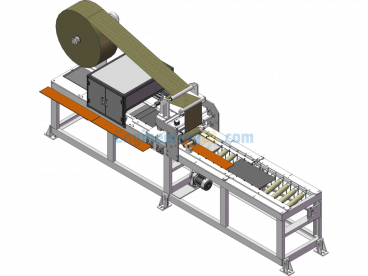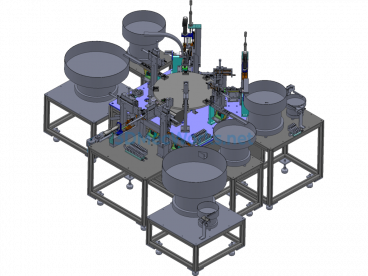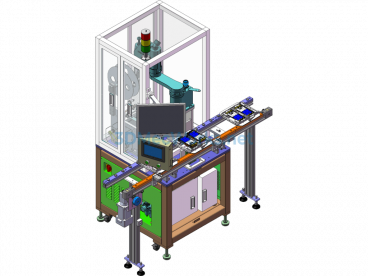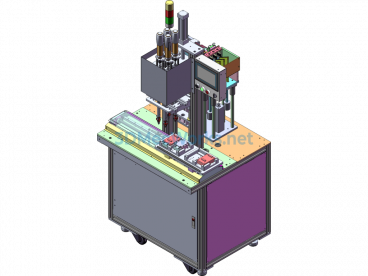Activated carbon adsorption technology has been used in the purification and decolorization of pharmaceutical, chemical, and food industries in China for many years. Since the 1970s, it has been applied to industrial wastewater treatment. Production practices have shown that activated carbon has an excellent adsorption capacity for trace organic pollutants in water, and it has a good adsorption effect on wastewater from industries such as textile dyeing, dye chemical, food processing, and organic chemical. Generally, it has a unique ability to remove organic matter, represented by comprehensive indicators like BOD and COD, from wastewater, including synthetic dyes, surfactants, phenols, benzene compounds, organochlorine compounds, pesticides, and petrochemical products. Thus, the activated carbon adsorption method has gradually become one of the main secondary or tertiary treatment methods for industrial wastewater.
Adsorption is a slow interaction process where a substance attaches to the surface of another substance. Adsorption is an interfacial phenomenon related to changes in surface tension and surface energy. There are two driving forces that cause adsorption: one is the repulsion of hydrophobic substances by the solvent water, and the other is the affinity attraction of the solid to the solute. Adsorption in wastewater treatment is often the result of the combined effect of these two forces. The specific surface area and pore structure of activated carbon directly affect its adsorption capacity. When selecting activated carbon, its type should be determined by experiments based on the wastewater quality. For printing and dyeing wastewater, carbon types with well-developed transition pores should be selected. Furthermore, ash content also has an impact; the smaller the ash content, the better the adsorption performance. The closer the size of the adsorbed substance molecules is to the carbon pore diameter, the easier it is to be adsorbed. The concentration of the adsorbed substance also affects the adsorption amount of activated carbon. Within a certain concentration range, the adsorption amount increases with the increase in the concentration of the adsorbed material. Additionally, water temperature and pH value also have effects. The adsorption amount decreases with the rise in water temperature and increases with the decrease in pH value. Therefore, low water temperature and low pH value are conducive to the adsorption of activated carbon.
Activated carbon desorption is the reverse process of adsorption. It is the process of making the adsorbed components reach saturation and precipitate from the adsorbent, allowing the adsorbent to regenerate. This means that the substances adsorbed on the interface escape the interface and re-enter the bulk phase under certain conditions, also known as desorption.
Activated carbon regeneration is the reactivation of saturated activated carbon through treatment under certain conditions. Activated carbon has been used extensively in environmental protection, industrial, and civil fields, yielding significant results. However, because activated carbon adsorption is a physical process, after its adsorption capacity is saturated and replaced, the impurities in the used activated carbon can be desorbed by high-temperature steam to restore its original activity, allowing it to be reused, giving obvious economic benefits. Regenerated activated carbon can still be continuously used and regenerated repeatedly. Activated carbon regeneration is the reactivation of saturated activated carbon through treatment under certain conditions.
Specification: Rco Activated Carbon Adsorption Catalytic Combustion Equipment
|
User Reviews
Be the first to review “Rco Activated Carbon Adsorption Catalytic Combustion Equipment”
You must be logged in to post a review.













There are no reviews yet.